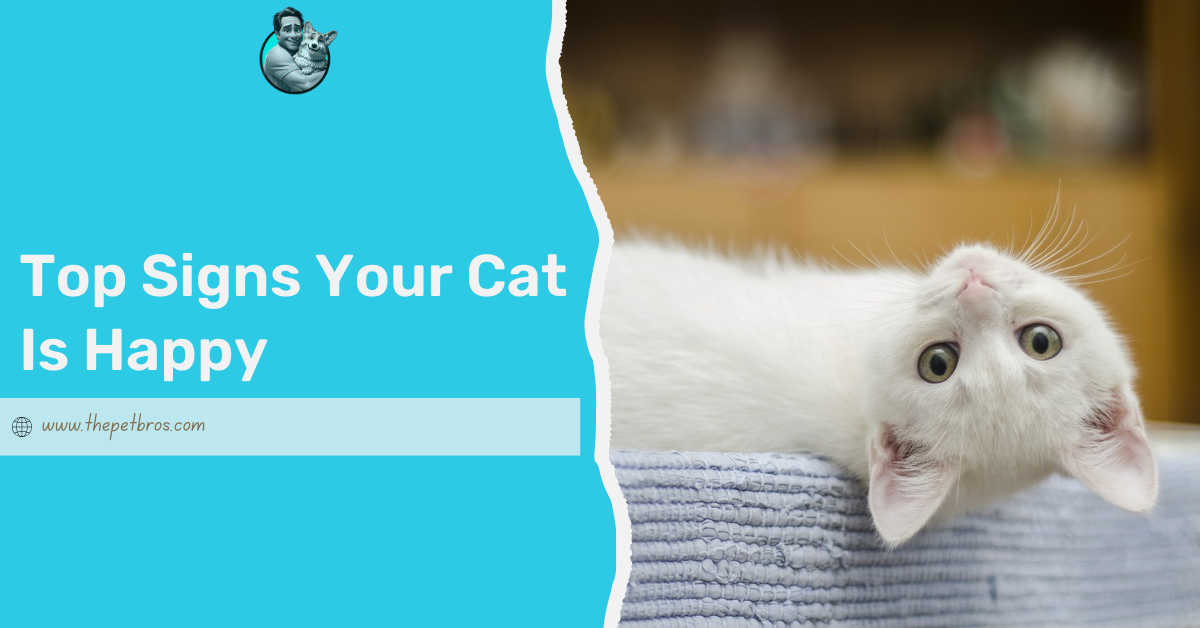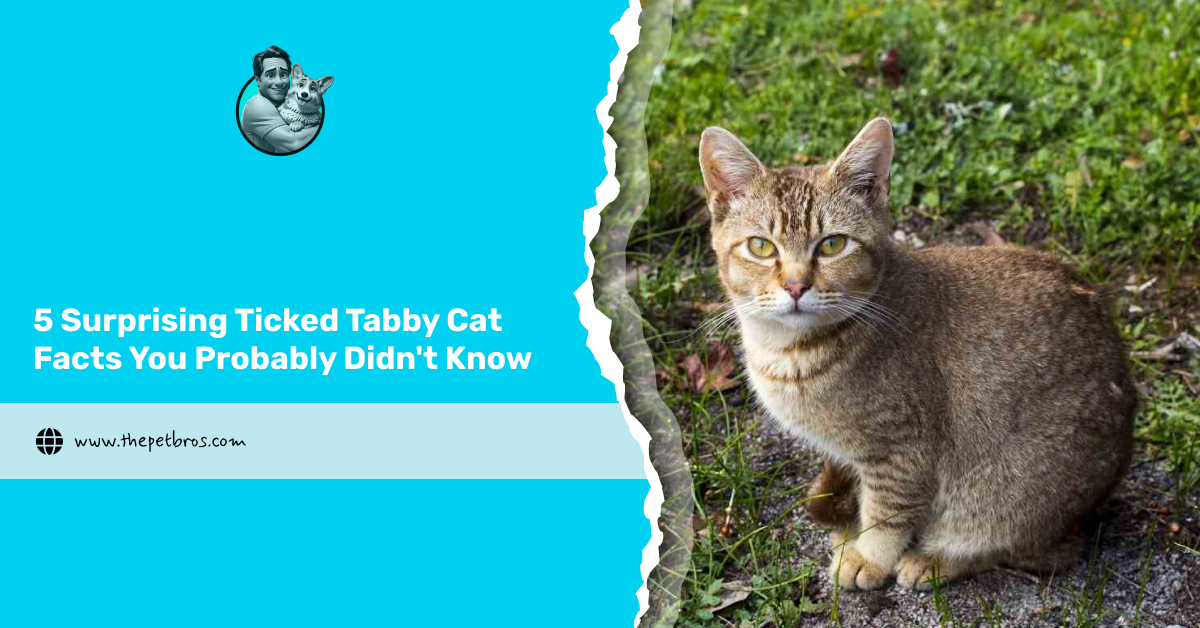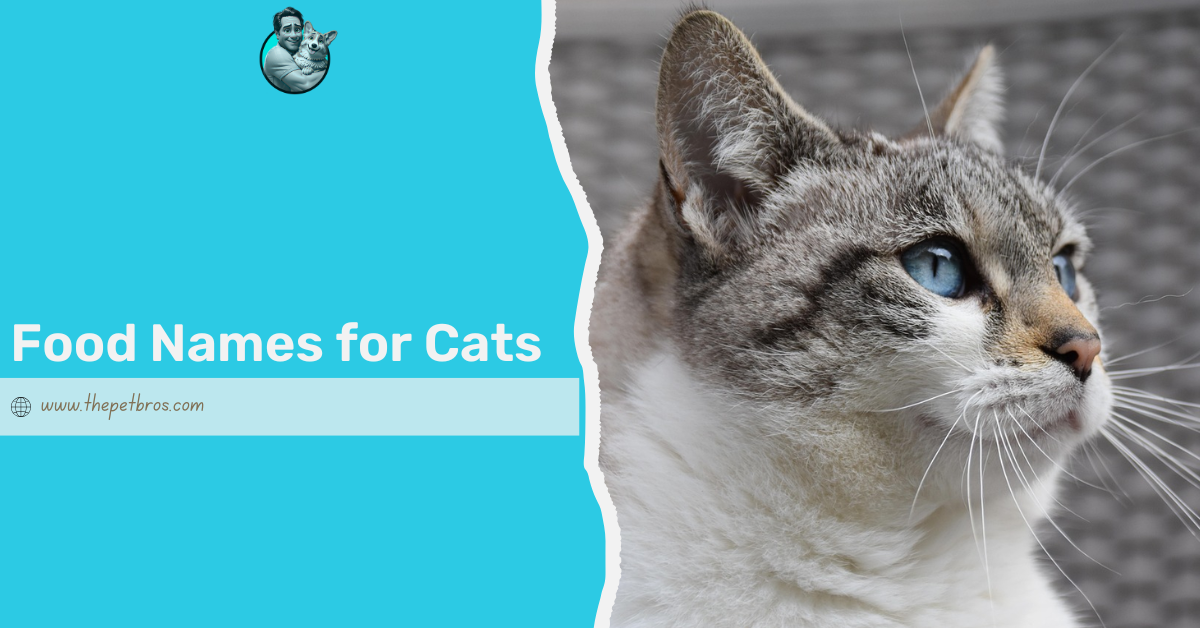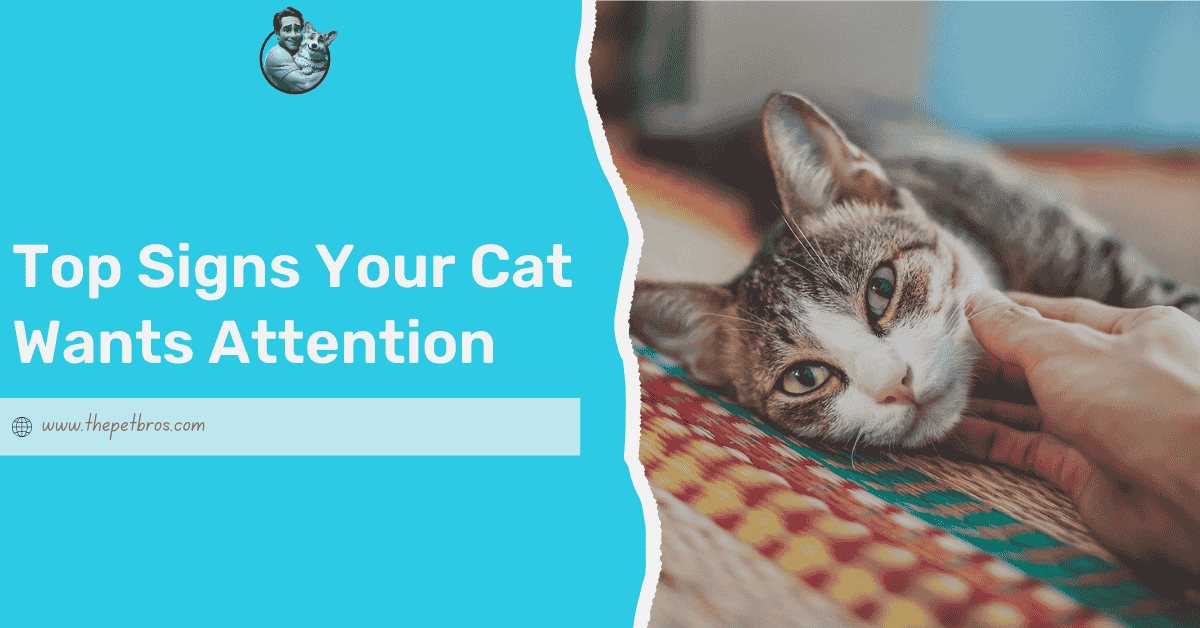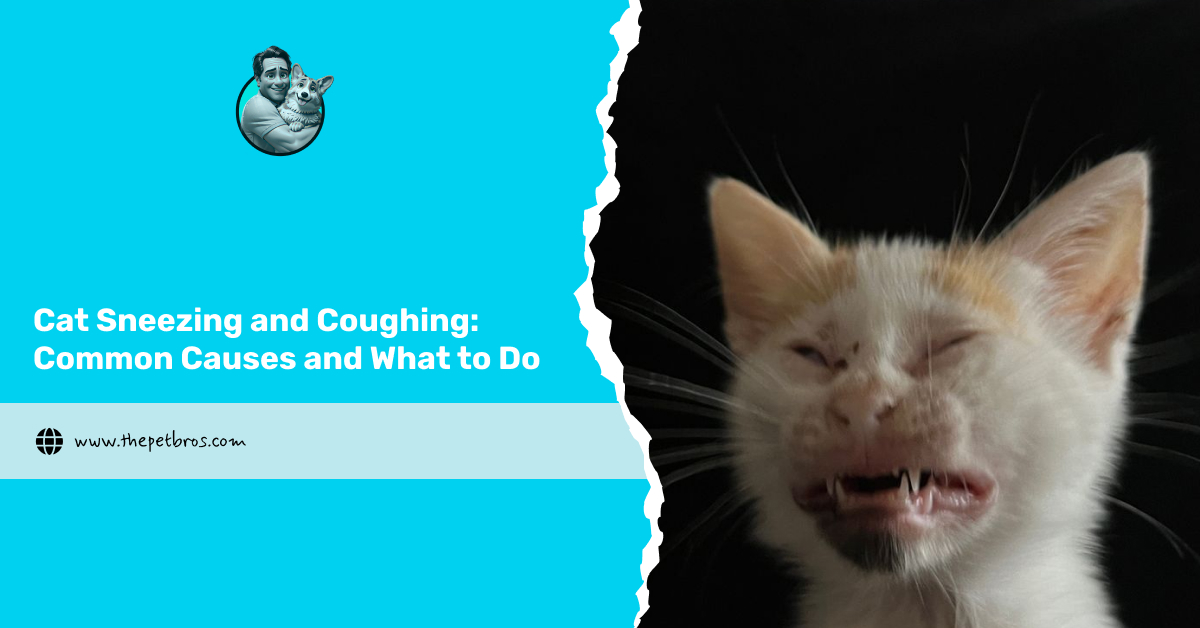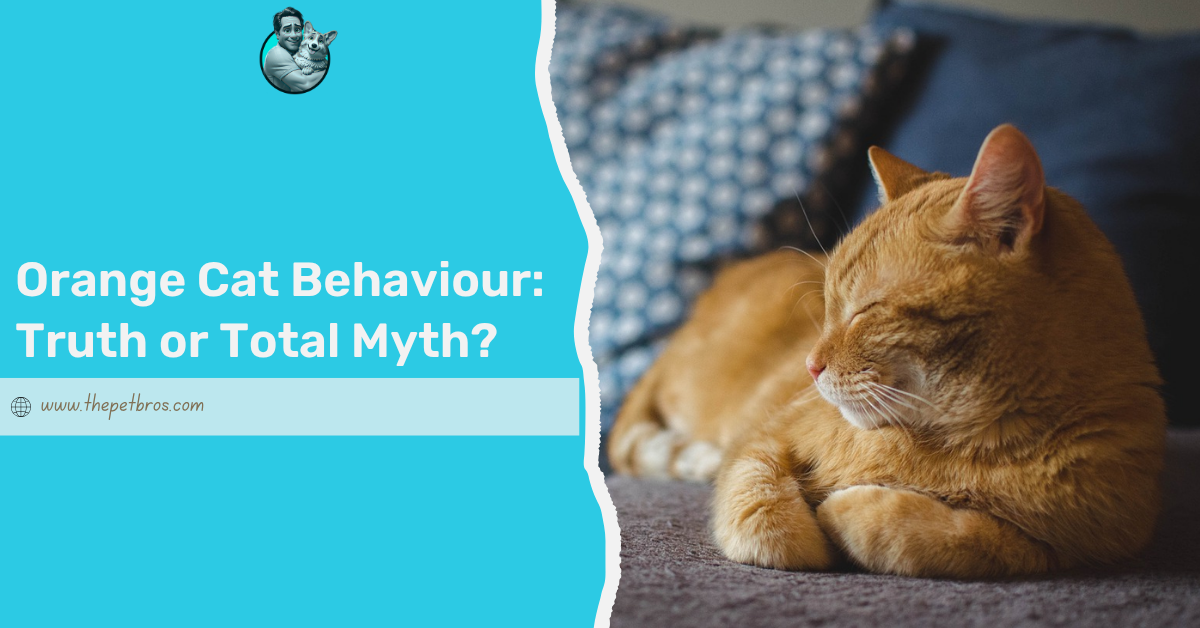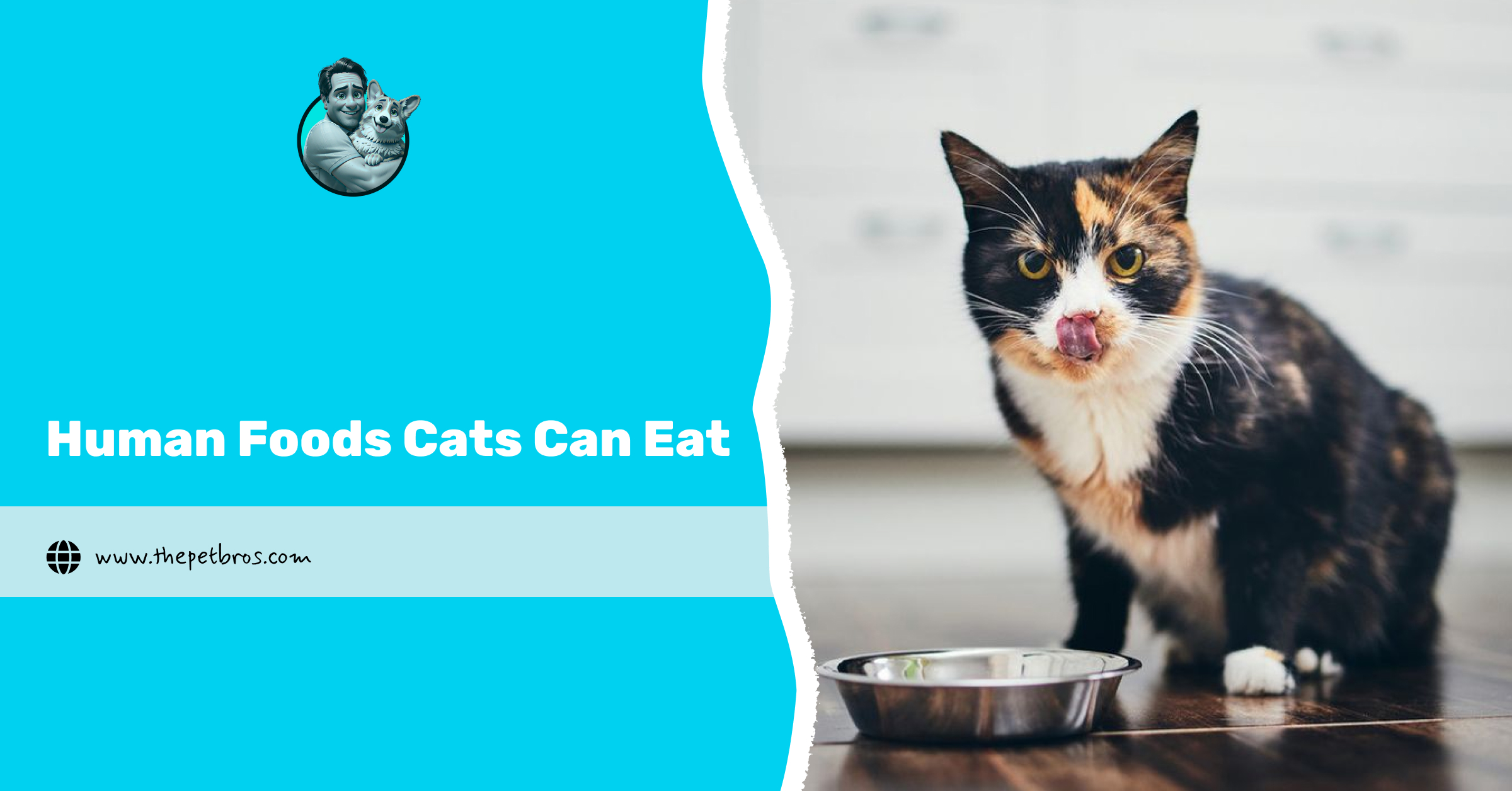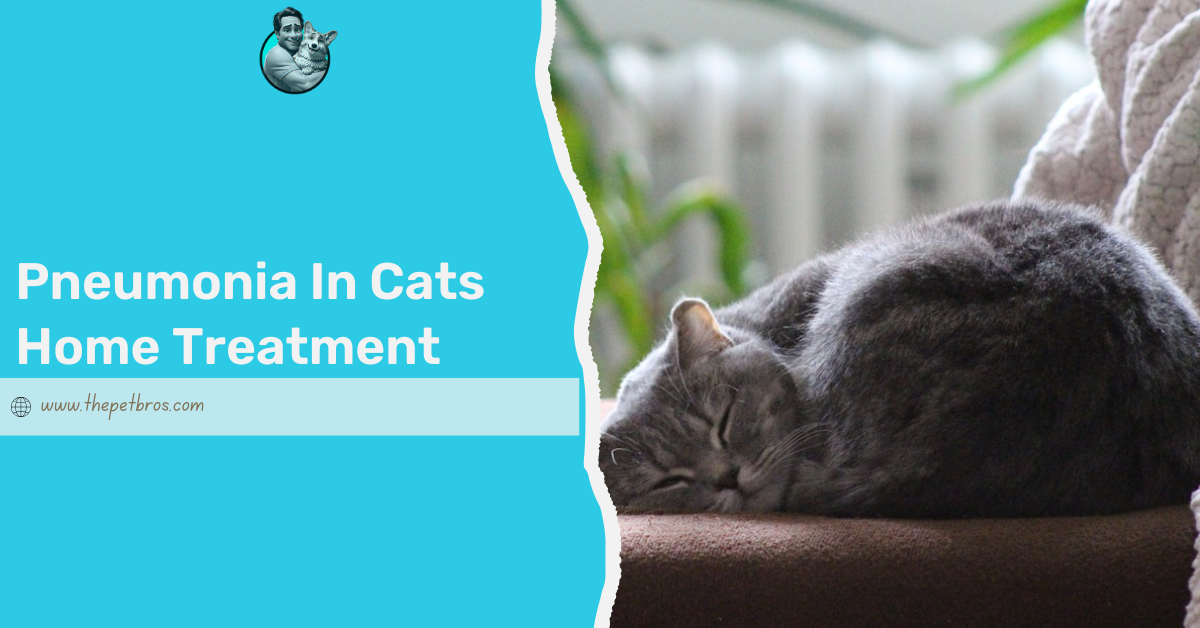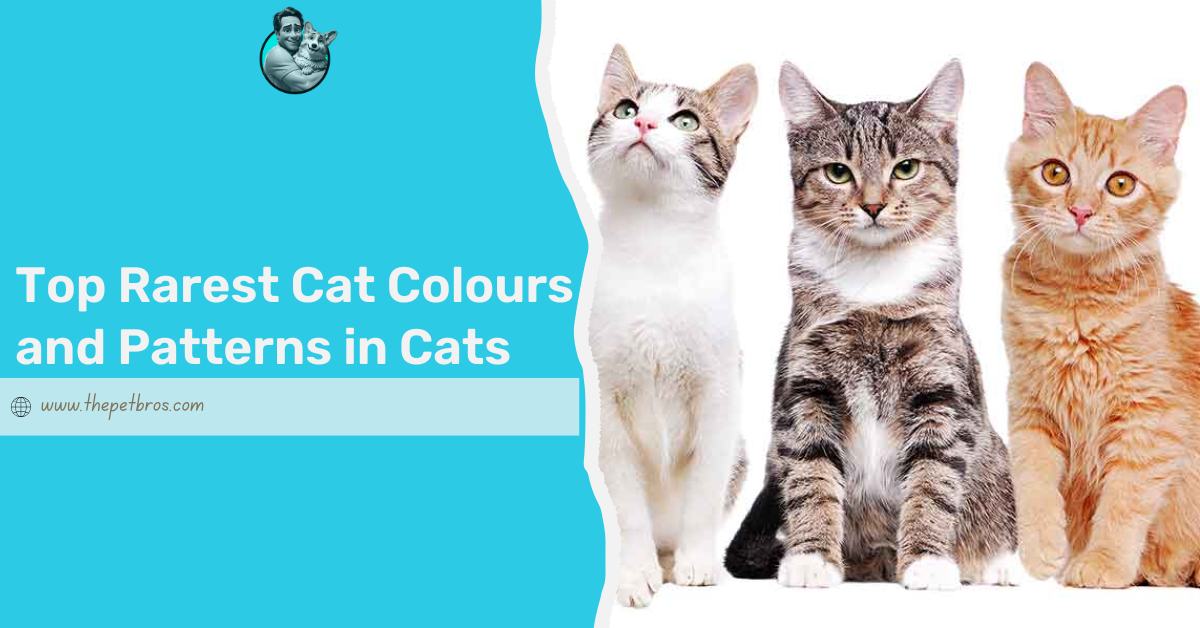Do you just ask yourself if your cat is secretly judging you or if they are happy? Well, it’s a fair and normal question, especially when dealing with a creature that can look utterly regal while knocking your favourite mug off the table.
Cats might not wag their tails or flash a goofy grin, but they have subtle and hilarious ways of showing contentment. Understanding the signs your cat is happy is a step to building a better bond with your feline friend. And no, their occasional side-eye isn’t necessarily a cry for help! So, ensure you read till the end and find out these signs!
Top 10 Signs Your Cat Is Happy
1. Gentle Purring
Purring is one of the most obvious signs your cat is happy. Although cats can purr for various reasons, such as self-soothing or even during discomfort, a contented purr is often distinct. When your cat purrs while lounging next to you, during petting sessions, or after a satisfying meal, it’s a sign they feel relaxed and safe.
Happiness-induced purring is typically accompanied by other behaviours like kneading, slow blinking, or even a soft nuzzle. The frequency and volume of the purr also matter. Usually, gentle and rhythmic vibrations indicate your cat is in a positive state of mind.
2. Relaxed Body Language
When cats are happy, their entire body radiates ease. Their ears will be neutral or slightly forward, showing curiosity without tension. Whiskers will rest naturally rather than being pulled back or stiff, signalling comfort. So, yeah, a relaxed body is one of the major signs your cat is happy!
A relaxed cat may stretch out fully, exposing their belly — one of the ultimate signs of trust. Others might tuck their paws neatly underneath them in a classic “loaf” position, showing they feel secure and have no need to stay on high alert.
Their facial expression also provides valuable clues. A content cat often has a soft, almost dreamy look, with half-closed eyes and slow, deliberate blinks. These slow blinks are sometimes called “cat kisses” and strongly indicate that your feline feels safe and at ease. Their mouth remains closed and relaxed, with no tension around the muzzle.
Posture is another key sign of cats’ happiness. A joyful cat will move with a loose, fluid grace, free of stiffness or hesitation. When resting, they may lounge with their limbs stretched out rather than curled in tightly, showing they aren’t feeling defensive or anxious. If your cat willingly settles near you, especially in a relaxed pose, it’s a strong sign that they feel content in both their surroundings and your company.
3. Tail Position
Your cat’s tail signs are a reliable indicator of their mood. A raised tail with a slight curl at the tip is a sign your cat is happy and confident. When your cat approaches you with this posture, they express affection and trust.
Also, a gently swishing tail often indicates playfulness, while a tail wrapped around the body can signal relaxation. Sudden changes in tail position can suggest shifts in mood. A tail that twitches rapidly or thumps against the ground may indicate mild irritation, often seen when a cat is getting overstimulated during petting. If their tail fluffs dramatically, it’s a clear sign of fear or defensive aggression.
By observing these subtle tail movements, you can better understand your cat’s emotions and respond appropriately to keep them feeling safe and happy.
4. Playful Behaviour
Cats are natural hunters, and happy cats express this through playful behaviour. Whether it’s a kitten pouncing on toys or an older cat engaging in a game of chase, playfulness is a sign that your cat is happy. Even the infamous “zoomies,” where your cat sprints around the house for no apparent reason, show they feel joyful and energetic.
Introduce various cat toys, such as feather wands or laser pointers, to encourage play. This keeps your cat entertained and also strengthens your bond. If your cat often initiates play by swatting at your hand or “ambushing” your feet, it’s a sign they feel happy, comfortable and content in their environment. Ensure you return the gestures as much as you can.
5. Kneading
Kneading is a comforting behaviour that cats learn as kittens. When a cat kneads a soft blanket, your lap, or even your stomach, it’s a strong sign they associate you with safety and happiness. The rhythmic motion, often paired with purring, indicates they feel deeply relaxed and secure.
Interestingly, kneading may also release calming pheromones from glands in their paws, further enhancing their well-being. Although it can be painful if your cat’s claws are sharp, this behaviour is probably one of the most obvious signs your cat is happy. And even, many cat owners believe this is the highest compliment cats can pay you.
Just so you know, your cat may take kneading a step further by drooling or gently sucking on the fabric they’re kneading. These behaviours are linked to the comfort of nursing as kittens, so there is really nothing to be worried about. While not all cats knead similarly, some use all four paws, while others use just the front ones. Regardless, the act is a clear display of trust and happiness!
6. Slow Blinks
If your cat gives you a slow blink, consider it a “cat kiss.” This gesture signifies that your cat is happy and trusts you, or your cat wants attention. Usually, when a cat blinks slowly, they let their guard down. Trust me, that is rare behaviour for an animal that prioritises self-preservation.
You can mimic this by slow-blinking back at your cat. This exchange strengthens your bond and reassures your cat of your friendship. If your cat maintains eye contact with soft, half-closed eyes, it indicates they’re relaxed and happy in your presence.
7. Healthy Appetite
A steady, healthy appetite is a key sign that your cat is happy. Cats that eagerly approach their food bowl at mealtime or meow enthusiastically as you prepare their meal are generally in good spirits.
Happy cats may also show excitement around food in playful ways, such as pawing at their kibble, batting at a treat, or even “talking” to you while waiting for their meal. Some might nuzzle you or rub against your legs as a way of expressing their anticipation and appreciation.
You must monitor their eating habits, as sudden changes could indicate stress or illness. If your cat maintains a balanced diet and eats with enthusiasm, you can rest assured they’re content. Avoid overfeeding, though, because happiness doesn’t mean indulging in every treat!
8. Grooming and Clean Fur
A happy cat takes pride in their appearance. Regular grooming keeps their fur shiny and tangle-free, indicating they’re healthy and stress-free. Cats that feel secure will also groom their owners or other pets in the house as a form of bonding.
However, excessive grooming or a lack of grooming may suggest anxiety or illness. If your cat’s coat appears dull or unkempt, consult a veterinarian immediately. When grooming is consistent and thorough, it’s one of the signs your cat is happy and safe.
9. Social Interaction
Happy cats often seek out interaction with their favourite humans. This can include following you from room to room, rubbing against your legs, or jumping into your lap uninvited. Cats also “bunt” or head-butt to mark you with their scent, signalling affection and trust.
Even independent cats show their happiness through subtle social cues. Whether it’s choosing to nap near you or gently touching you with their paw, these gestures indicate they value your company.
Vocal cats may also express their happiness through sounds, from soft chirps and trills to contented meows. Some will even engage in “conversations,” responding when you talk to them with affectionate little noises. That’s a cute way to acknowledge your presence and strengthen their bond with you.
10. Curious Nature
Lastly, a curious cat is a happy cat. If your feline friend enjoys exploring their environment, inspecting new objects, or investigating open cupboards, it’s a strong sign they feel secure and stimulated. Curiosity reflects their instinctual desire to learn and play, which thrives in a stress-free atmosphere.
Stressed or unhappy cats may hide or show disinterest in their surroundings. To nurture their curiosity, introduce new toys, scratching posts, or even simple boxes. This keeps them engaged and reinforces their happiness.
Which of These Signs Does Your Cat Show?
Cats may not use words, but they have many ways to show their happiness. Each cat is unique, and part of the joy of being a cat owner is discovering what makes your furry friend happiest. Paying attention to these behaviours strengthens your bond and helps you create an environment where your cat can thrive.
Have you spotted any of these signs your cat is happy? Or maybe you’ve noticed a quirky behaviour that’s not on the list but screams contentment? Share your experiences and other questions in the comments.
Frequently Asked Questions
Why Does My Cat Sleep So Much?
Cats are natural predators, and even domesticated cats inherit their wild ancestors’ energy-saving habits. In the wild, felines conserve energy during long rest periods to prepare for hunting. Domesticated cats may not need to hunt, but their biology still drives them to sleep for 12–16 hours daily. Kittens and older cats may sleep even longer. Their rest periods also help with growth and overall health, making it perfectly normal for your cat to nap throughout the day.
Why Do Cats Randomly Meow at Night?
Night-time meowing is common in cats and can happen for several reasons. Younger cats might be more active at night due to their nocturnal instincts. In comparison, older cats could meow due to disorientation or confusion, particularly if they have age-related cognitive decline.
Why Do Cats Have Whiskers?
A cat’s whiskers are delicate sense organs that provide information about their surroundings. Cats use their whiskers to determine their position in space, especially in dark and low-light situations. Whiskers also help cats detect nearby objects and navigate tight spaces. Because whiskers provide so much information, you should never pluck or cut them.
Is It a Sign of Happiness If My Cat Follows Me Everywhere?
If your cat follows you from room to room, it’s likely a sign of affection, curiosity, or it wants attention. Some cats are naturally more social and enjoy being near their favourite humans, while others may be seeking food, playtime, or simply reassurance.






